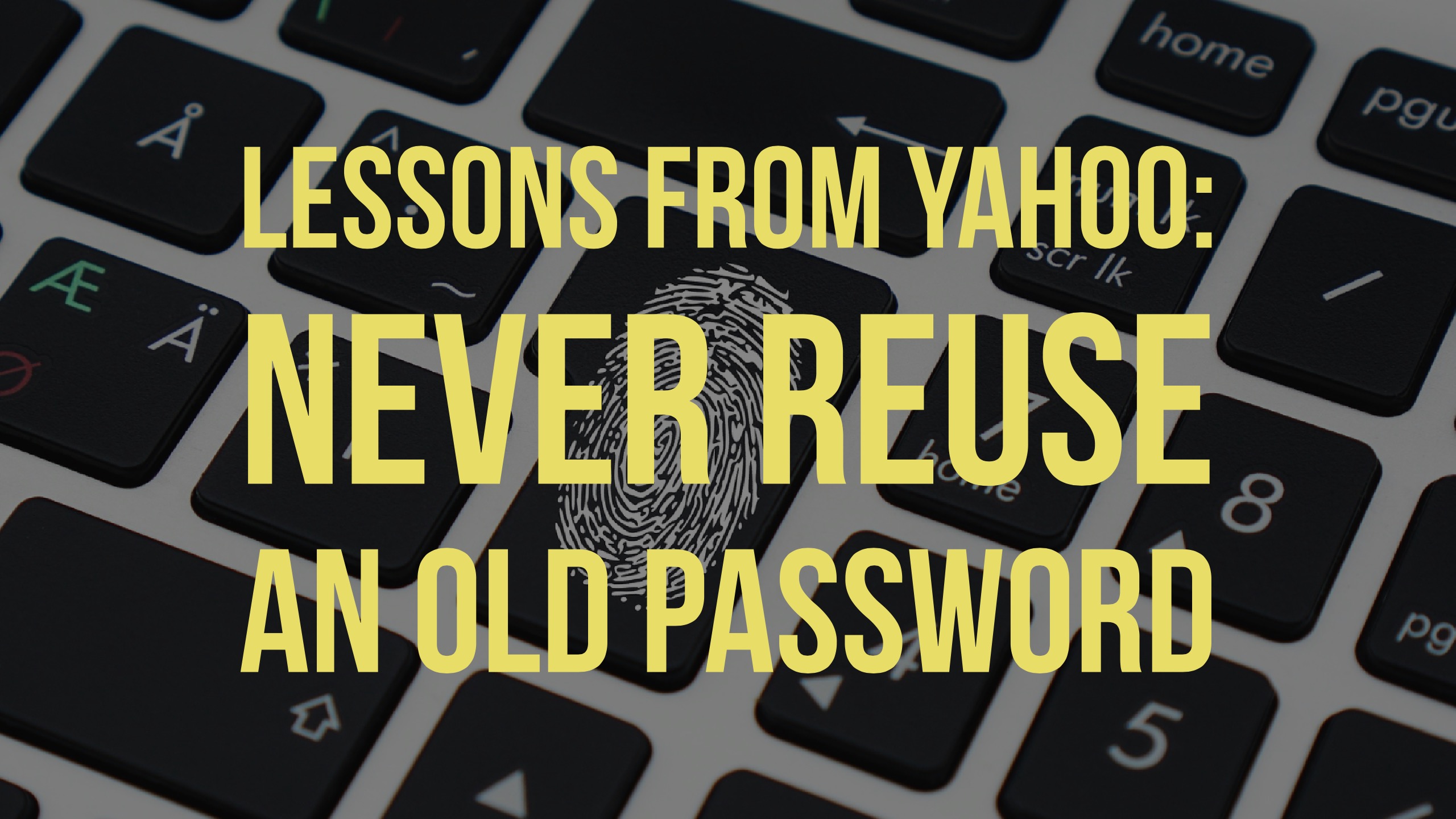
Passwords are one of our most underappreciated yet critical aspects of online security. Most people today have numerous online accounts requiring passwords, from bank accounts and email to online commerce websites and other platforms.
While many are diligent about regularly changing their passwords, a recent hack has highlighted the ongoing risks we face.
The Yahoo Data Breach
In recent days, Yahoo has continued to release new information about its 2013 data breach. Many former Yahoo users believed they were safe, but anyone with a Yahoo account needs to be aware of the potential risks.
Yahoo recently revealed that the data breach was far more extensive than initially reported. All 3 billion Yahoo accounts are now believed to have their passwords stolen.
The Scope of the Breach
Amazingly, there weren’t even 3 billion internet users in 2013. The high number is due to many users having multiple accounts. Given Yahoo’s vast reach, many online users have had a Yahoo account at some point. Even if they no longer use these accounts, stolen passwords remain a significant concern.
With access to the 3 billion email addresses and passwords, hackers can attempt to log into various accounts, including PayPal, eBay, Amazon, Facebook, and personal email accounts. This access can lead to further theft of personal information, damage to reputations, and financial loss. The primary concern is that people often reuse passwords across multiple sites.
The Wider Issue of Data Hacks
Yahoo is not alone in facing scrutiny over data breaches. Many prominent organizations, including MySpace, Equifax, Target, and numerous online retailers, have experienced hacks in recent years. These hacks contribute to online identity theft, costing billions of dollars in illegally opened accounts and stolen assets.
Protecting Yourself from Data Breaches
Although data breaches may seem inevitable, there are steps you can take to protect yourself:
- Regularly Update Your Passwords: Ensure you change the passwords for all your accounts at least once every few months. If you learn that one of your accounts might be compromised, change the passwords for all your accounts immediately to prevent further theft.
- Use Unique Passwords: Never reuse old passwords. Each account should have a unique password to minimize the risk of one account being compromised.
- Monitor Financial Records: Review your bank and credit card statements regularly for suspicious activity.
- Utilize Credit Monitoring Services: These services alert you if someone tries to open an account in your name, helping to prevent data breaches from becoming more severe.
By following these practices, you can help safeguard your personal information and minimize the impact of potential data breaches. Stay vigilant and proactive in protecting your online security.


